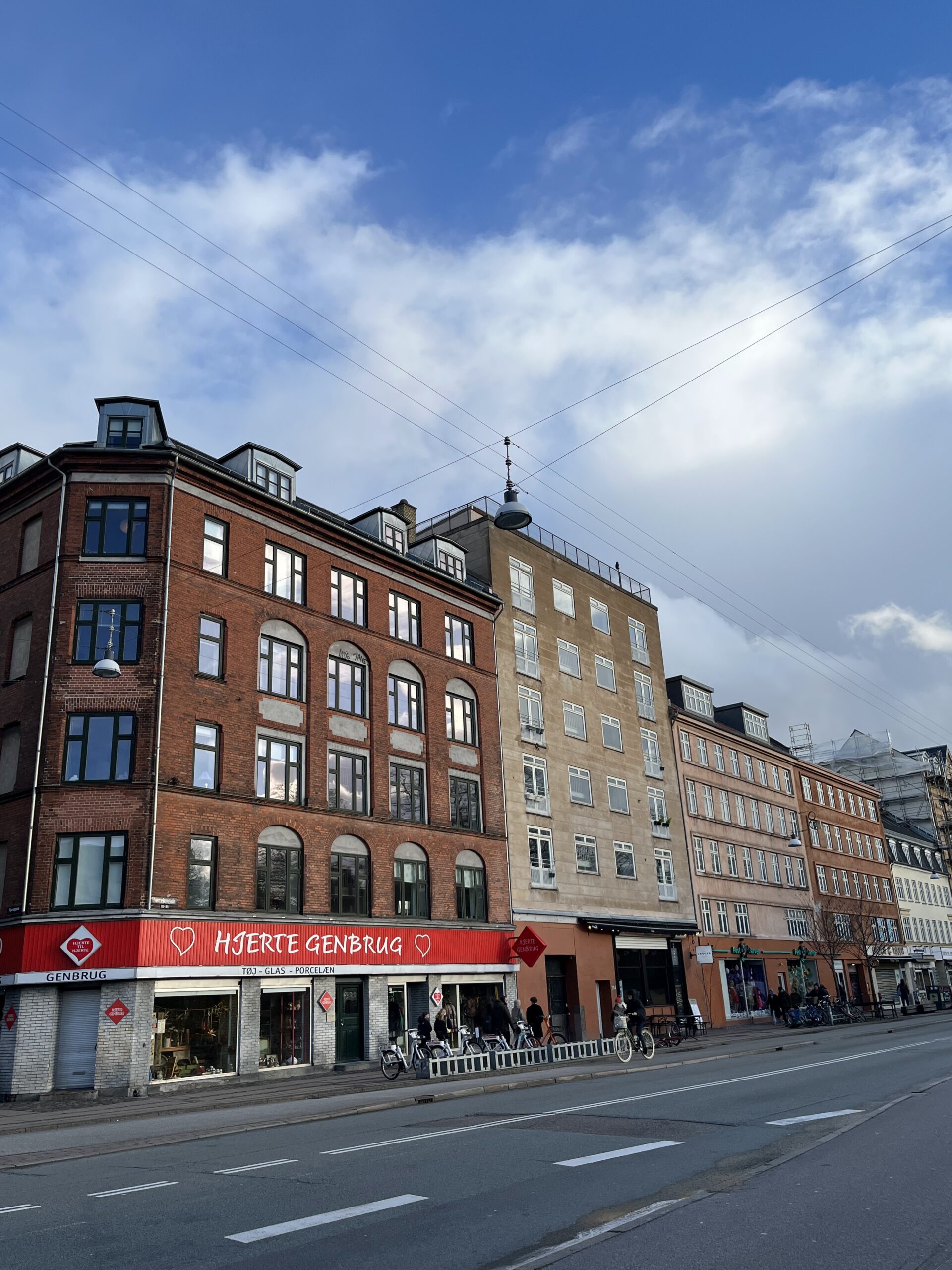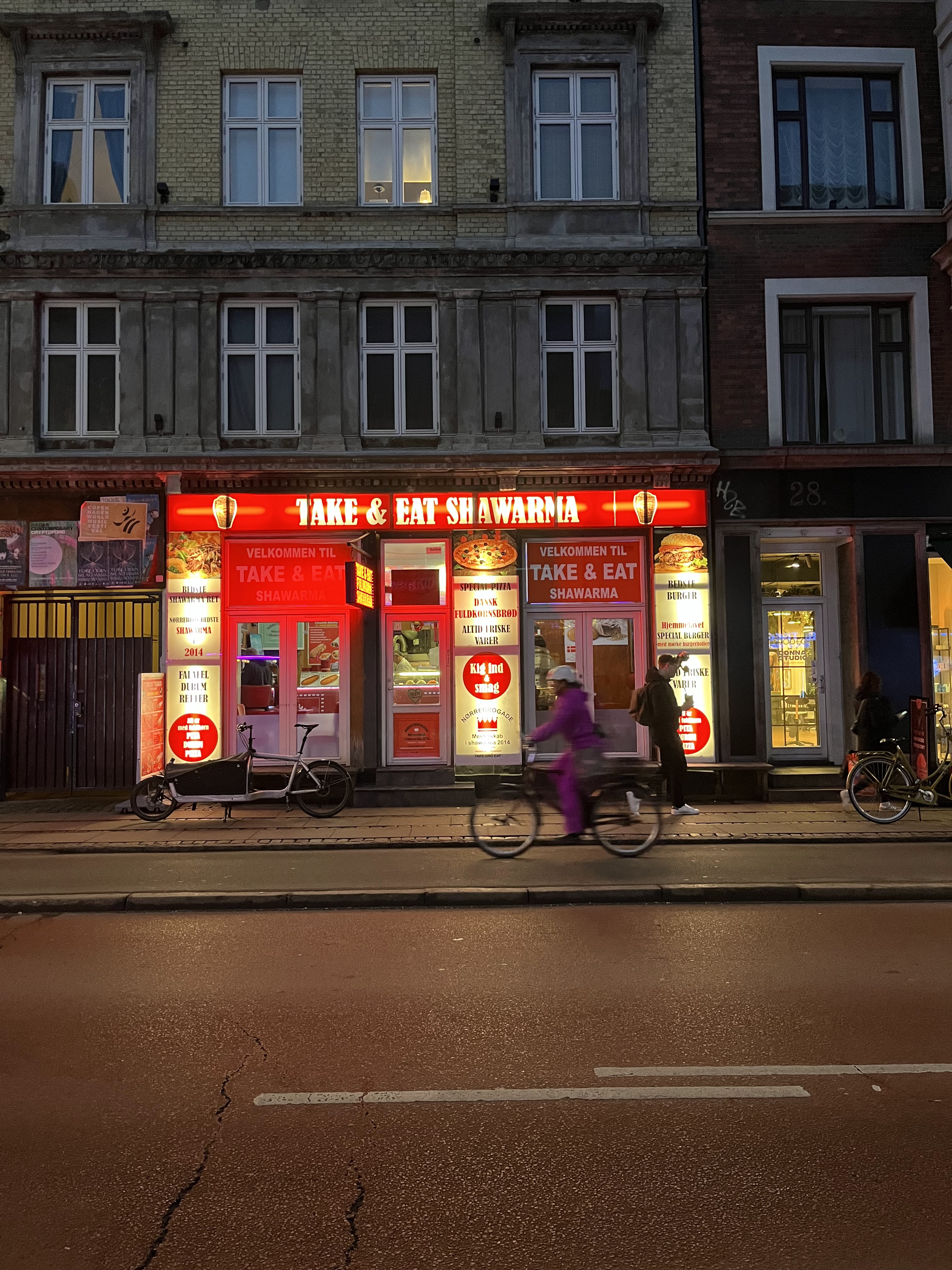
black in copenhagen
Before arriving in Copenhagen, I was aware that the city is not very diverse. It’s very homogenous, with 90% of the population being white. Estimates I found on the black population ranged between 1 and 3%. As I attend predominantly white institutions for school in the States, I assumed my experience as a black person in Copenhagen might be a bit similar to that of being on campus. To a certain extent, this was true. In my experience, Denmark is a country that adopts the color-blind approach. Differences in race are silently noticed but not acknowledged. I was definitely aware of my blackness in Copenhagen. Ignorance around race came definitely through in some of the things professors, who were mostly Danish, said in class. These moments were very frustrating; it is hard to make someone understand a perspective so drastically different from theirs.
The main thing I struggled with in Copenhagen was the lack of community. Walking around the city, the lack of diversity was palpable. My program, DIS, is also very white. There were many days I did not see a single person of color outside of my friends. Because the population is small, BIPOC spaces do not exist in the same way they do in more diverse places (or at least, it was not easy to find these spaces as an outsider). What helped me the most in navigating this lack was to lean on my community. Knowing you are not alone truly makes all the difference. My DIS experience was made enumerably better by the friends I made. If you are a DIS student, join the Student of Color affinity group! I cannot emphasize this enough! Those meetings were some of my main highlights for the semester. They were a great space to speak freely about our experiences in Copenhagen while also eating delicious food. There are also Facebook groups (one of which I’ve linked below), which can be very helpful in making connections. Checking in with friends from home was also very helpful. Sometimes what you need most is the comfort of a familiar face.
Other things that helped me were exploring neighborhoods like Norrebro, the most diverse neighborhood in Copenhagen. Over a quarter of Norrebro’s residents are immigrants or descendants of immigrants. Their presence is definitely felt, from the storefronts to the various food offerings. Many of Copenhagen’s best foods can be found here! As a daughter of immigrants myself, in some ways, Norrebro almost felt like home.
For a more in-depth look at race in Copenhagen, this article by Blue – a former DIS student blogger – really helped me in navigating my experience: https://discoverstudyabroad.org/being-a-student-of-color-abroad-blue/
Facebook group for non-binary people & women of color: https://www.facebook.com/groups/566958226979890/

